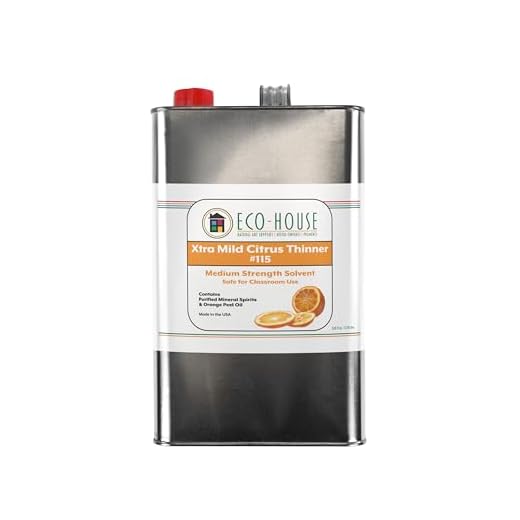
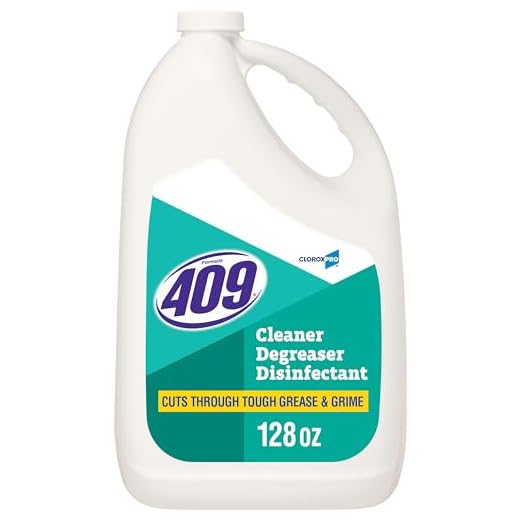


For optimal results when tackling stubborn grime and grease, I recommend selecting a cleaner specifically formulated for use with high-powered cleaning machines. Look for biodegradable solutions that effectively break down dirt without damaging surfaces. I’ve tested several brands over my ten years in the industry, and products like Krud Kutter and Simple Green consistently perform well.
It’s crucial to consider the type of surface you’ll be treating. For outdoor patios and driveways, a heavy-duty option such as Zep is excellent for concrete, while products like Fabuloso work wonders on vinyl siding. Always dilute the cleaner according to the manufacturer’s instructions to prevent any potential damage and ensure maximum efficiency.
When applying the cleaner, use the machine’s soap nozzle for even distribution. This method not only optimises cleaning but also saves on product consumption. Maintain a safe distance and work from the top down to avoid streaks, allowing the solution to penetrate the grime effectively before rinsing.
Recommended Cleaning Agents for High-Pressure Machines
For optimal results, choose a citrus-based cleaner such as Simple Green or Krud Kutter’s All Purpose Cleaner. These products effectively break down tough grease while remaining environmentally friendly.
If working on automotive surfaces, a degreasing formula specifically designed for vehicles, like Oil Eater or Gunk, is ideal. They target oil and carbon residue, ensuring a thorough clean without damaging the paintwork.
For tough industrial applications, consider a heavy-duty alkaline cleaner like Mean Green. This option is highly concentrated, making it perfect for commercial tasks that require stronger solutions to tackle heavy-duty grime.
Always dilute these products according to the manufacturer’s instructions. Using too strong a mixture can lead to damage, not just to surfaces but also to the machine itself.
In addition, be cautious of using any agent that is not specifically labelled for high-pressure equipment. Some substances can cause harmful reactions, leading to equipment malfunction. Regularly check compatibility before usage.
Lastly, employing a foaming nozzle can enhance adherence, allowing the cleaner to work more effectively over time. This method maximises coverage and ensures a deeper clean.
Understanding the Types of Degreasers Available
.jpg)
Choosing the right cleaner depends heavily on the nature of the substances you’re tackling. There are several categories to consider:
Water-Based Cleaners
These are often less harsh and biodegradable. They work well for light to moderate grease, making them suitable for kitchen equipment and automotive components. Many formulations are safe on paint and plastics.
Solvent-Based Cleaners
More aggressive, these options excel at breaking down heavy grease and oil deposits. Ideal for industrial machinery, they can be harsher on surfaces; thus, testing on a small area is advisable before wider application.
| Type | Best For | Surface Compatibility |
|---|---|---|
| Water-Based | Light to moderate grease | Safe on most surfaces |
| Solvent-Based | Heavy grease and oil | Caution on sensitive surfaces |
| Biodegradable | General cleaning | Safe on metals and plastics |
| Alkaline Cleaners | Food industry, heavy soils | Test on painted surfaces |
Tested many options through the years, I’ve seen that evaluating your specific requirements will guide you to the most suitable choice among these types. Always consider the application method and follow safety guidelines for any cleaning solution.
Choosing a Cleaner Based on Surface Material
For optimal results, tailoring the solvent to the specific material is essential. For instance, on concrete, I recommend a strong alkaline cleaner that can break down stubborn grease effectively. Ensure that the formulation is designed for heavy-duty applications, as this will achieve the best outcome.
Metal Surfaces
On metals like aluminium or steel, opt for a solvent that is non-corrosive. Acidic cleansers can damage the finish. A pH-neutral cleaner works well, as it will not adversely affect the substrate while still cutting through grime.
Painted Surfaces
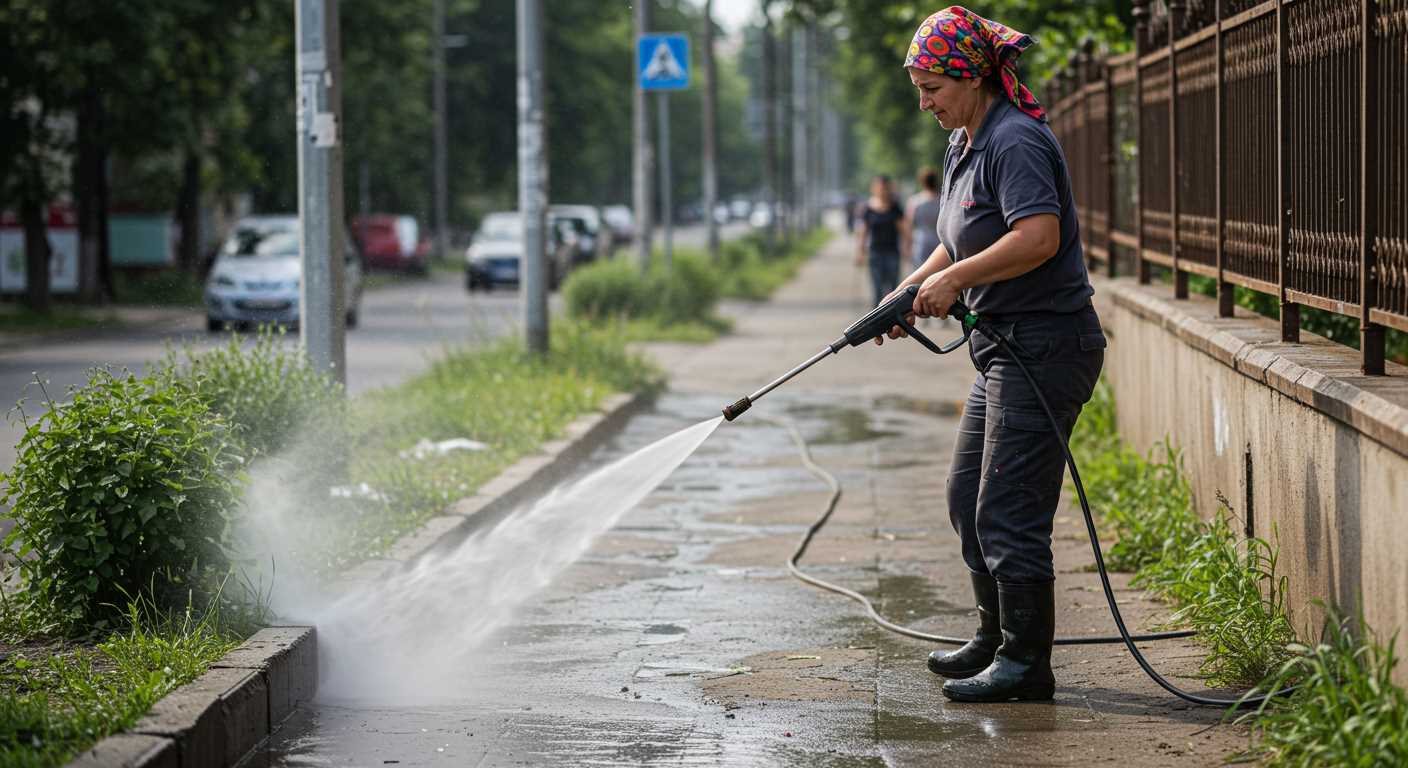
When dealing with painted finishes, choose a gentle, biodegradable formula. Harsh chemicals can strip paint and cause discolouration. A solvent specifically designed for painted surfaces will ensure cleanliness without compromising the aesthetic.
For plastic and vinyl materials, utilise a mild, non-abrasive cleaner. This approach will maintain the integrity of the surface while effectively removing oils and dirt.
In summary, identifying the correct solvent based on material type not only improves cleaning efficiency but also preserves the integrity of surfaces for longer-lasting results.
Concentration Levels: How Much Cleaner to Apply
Proper dilution is key to achieving optimal results when utilising a cleaning agent. It’s essential to follow the manufacturer’s guidelines provided on the label for the specific formula chosen. However, I often recommend starting with a concentration of about 10% for general grime and grease removal.
For tougher stains or heavy build-up, concentrations can be increased up to 20-30%. Here’s a quick guide:
- Light Cleaning: 5-10% solution. Ideal for routine maintenance.
- Moderate Cleaning: 10-20% solution. Effective for accumulated dirt.
- Heavy Cleaning: 20-30% solution. Use for stubborn stains and grease.
Always mix in a separate container prior to filling the tank of the machine to prevent damaging the equipment. If using a foaming attachment, a thicker mixture may be beneficial for cling and contact time, allowing it to break down grime more effectively.
Additionally, test the solution on a small, inconspicuous area to ensure compatibility and avoid surface damage. Adjust as necessary based on the results observed during the cleaning process.
Water temperature can also affect performance; warm water may enhance the effectiveness of the mixture, particularly against grease and oils. However, ensure any surface can withstand the temperature–especially when dealing with plastics or painted finishes.
Maintaining the right concentration not only maximises cleaning efficiency but also conserves the product, leading to more economical usage over time.
Environmental Impact of Different Degreaser Formulations
Choosing eco-friendly cleaning agents is paramount. Biodegradable compounds significantly reduce harmful residues in soil and water systems. Opt for formulations that emphasise plant-based ingredients; they exhibit lower toxicity and rapid decomposition rates.
Surfactants and Their Influence
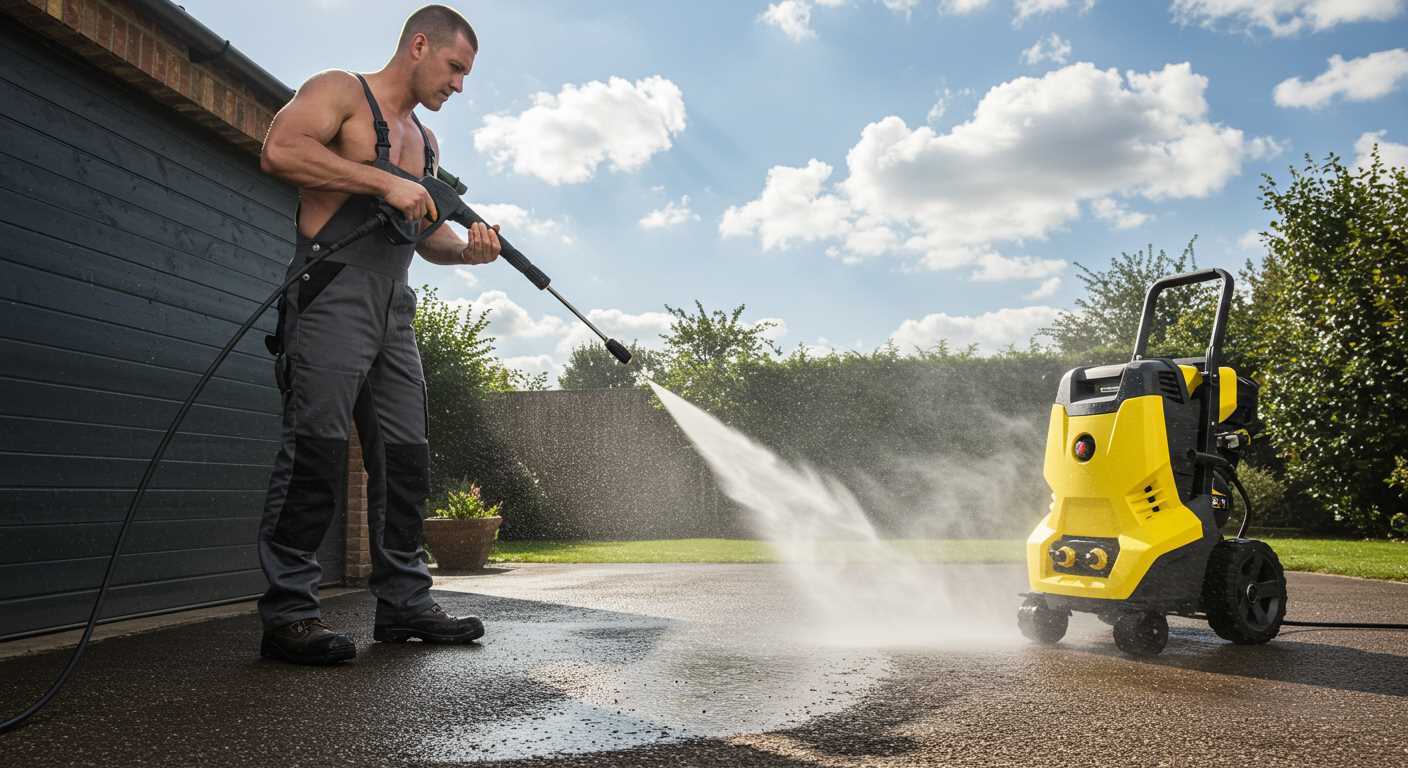
Surfactants are key components. Non-ionic and anionic surfactants tend to be less harmful compared to their cationic counterparts, which can persist and accumulate in ecosystems. Research shows that products containing ethoxylated alcohols offer a good balance of cleaning power and environmental safety.
Packaging and Disposal Considerations
Packaging choices impact waste management. Select products in recyclable materials. A minimalistic design not only conserves resources but also encourages more sustainable disposal practices. Additionally, ensure proper usage to avoid excess discharge, contributing to reduced environmental strain.
Cost Considerations for Degreasers Compatible with Pressure Washers
Pricing varies widely based on formulation, brand, and volume of product. Expect to pay between £10 and £50 for a standard container, depending on the concentration and intended application.
- Low-end products: Basic formulations start around £10 for 1-litre containers, suitable for light cleaning tasks.
- Mid-range options: Quality cleaners range from £20 to £30, offering improved efficiency and concentration levels for heavier grime.
- Premium selections: High-performance cleaners can exceed £50, incorporating advanced ingredients for tough industrial or automotive applications.
In addition, consider dilution factors. Many products require mixing with water, potentially extending the usage and affecting the cost per clean. Calculation of the overall expense per use is beneficial.
- Determine the price per litre after dilution.
- Evaluate the number of uses based on surface area to ascertain cost-effectiveness.
- Account for any additional equipment or accessories needed for application.
When selecting a cleaning agent, quality often reflects the price. Investing in a reliable choice may yield better long-term results, reducing the need for frequent replacements. I recommend assessing long-term costs versus short-term savings to make a well-informed decision.
Lastly, watch for promotions and bulk purchase options that can significantly decrease individual unit costs. Many manufacturers offer discount rates for larger quantities, which can be economical for ongoing projects.
Safety Precautions When Using Degreasers
Always wear appropriate personal protective equipment (PPE) such as gloves, goggles, and a mask to guard against harmful fumes and skin irritation. This is non-negotiable; it’s better to be safe than sorry.
Ensure proper ventilation in the area. Apply the cleaning agent outdoors or in well-ventilated spaces to avoid inhaling concentrated vapours. If indoors, open windows and use fans to circulate air.
Handling and Storage
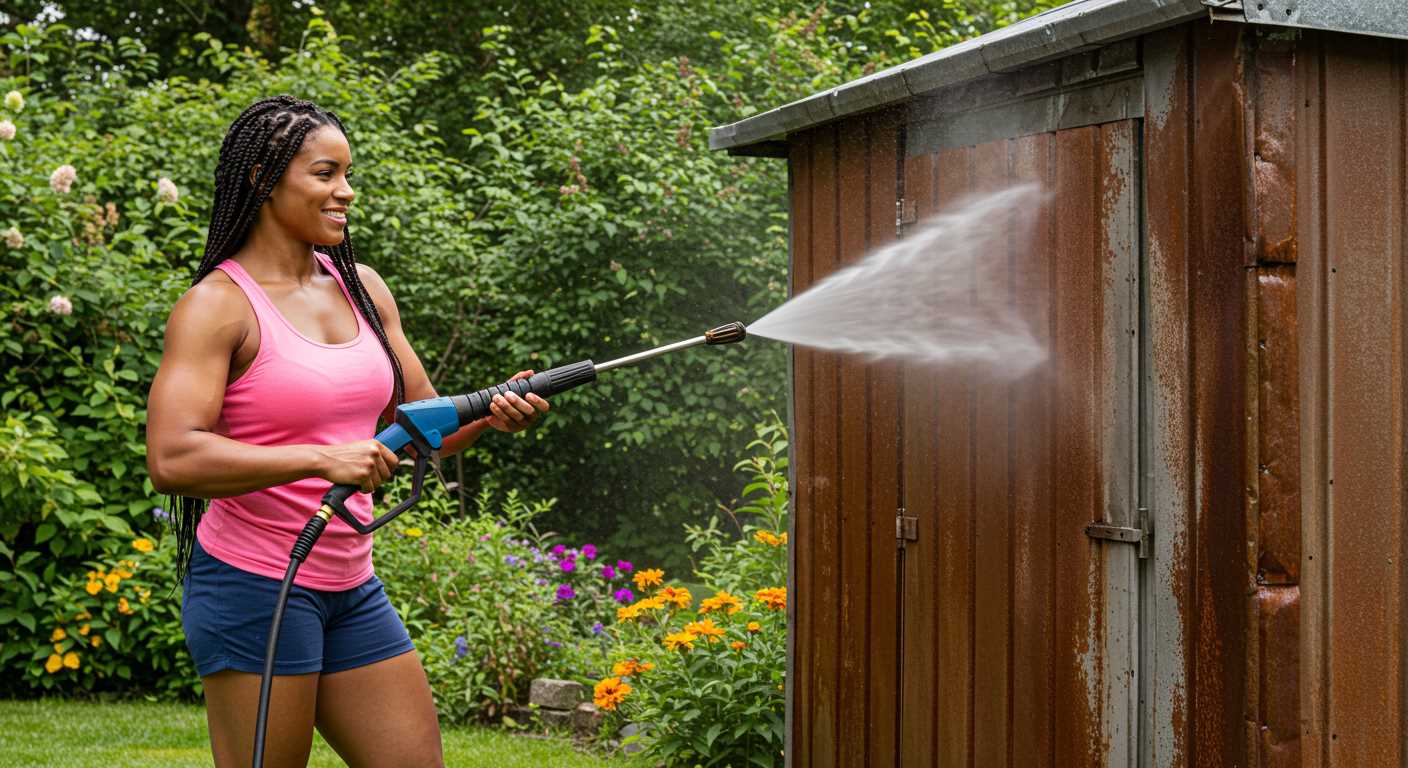
Store cleaning agents in a cool, dry place, away from direct sunlight and sources of heat. Keep containers tightly sealed to prevent leaks and accidental exposure.
Use only as directed on the label. Over-concentration can lead to damage to surfaces and create hazardous situations. Dilute according to manufacturer instructions for optimal safety and performance.
Disposal Guidelines
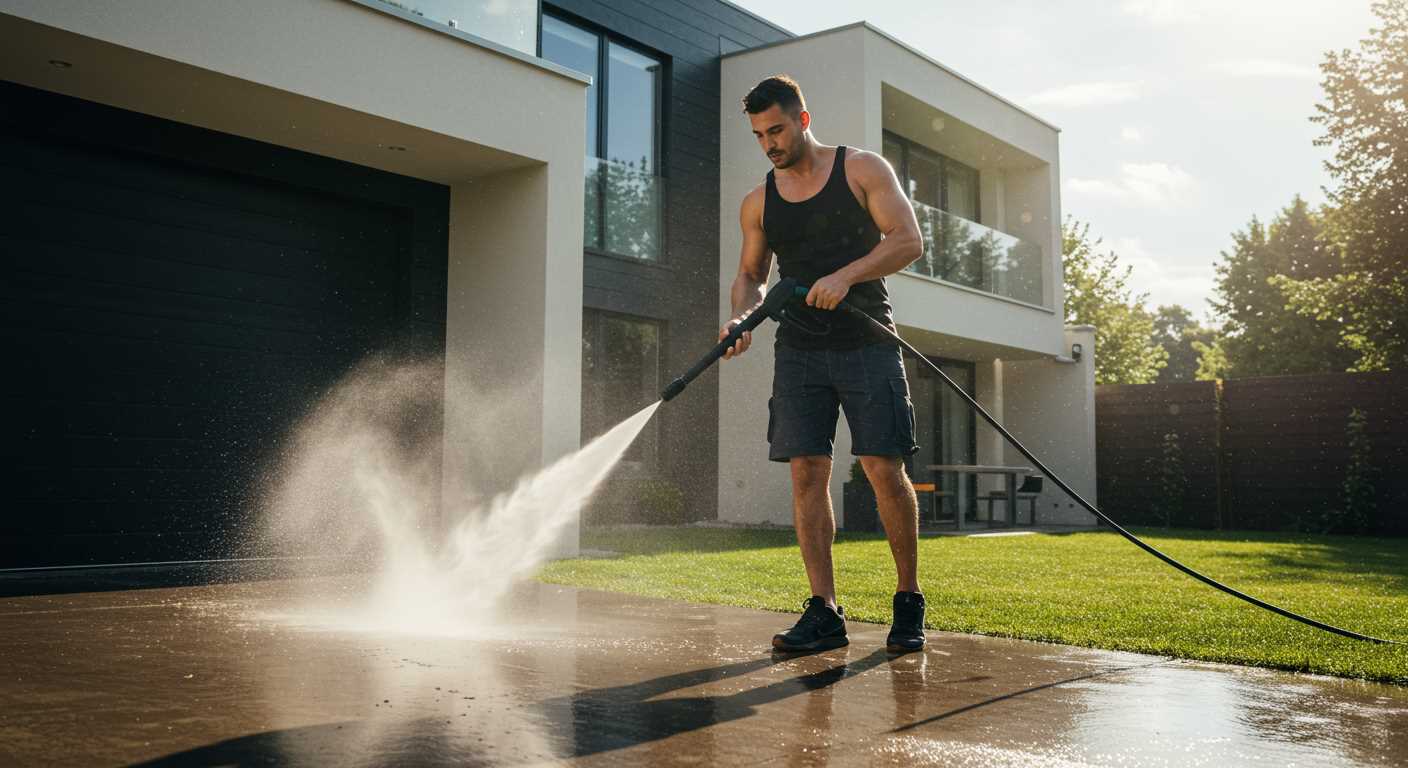
Follow local regulations for disposal. Never pour any leftover cleaning substance down drains unless explicitly stated by the manufacturer. It can contaminate water supplies and harm the environment.
If any product comes into contact with skin, wash immediately with plenty of soap and water. If irritation persists, seek medical attention.
Mixing Cleaner with Water: Best Practices
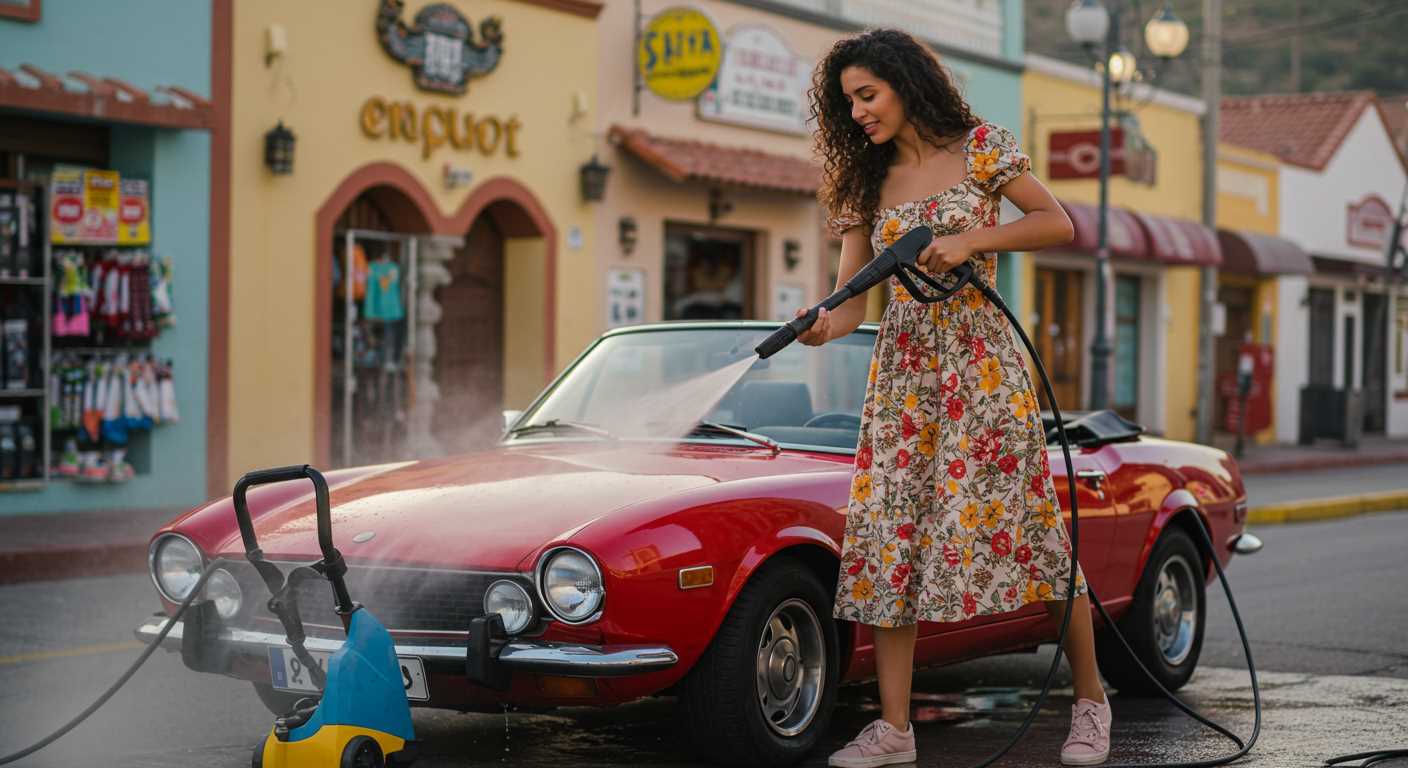
To achieve optimal results, always follow the manufacturer’s guidelines for dilution ratios. A general rule is to start with a ratio of 1 part cleaner to 10 parts water for normal cleaning tasks. For heavy grease, increase the concentration to 1:5. Before applying the mixture, perform a patch test on an inconspicuous section to ensure compatibility with the surface.
Use lukewarm water for mixing, as it enhances the effectiveness of the solution. Cold water may not activate the cleaning agents efficiently, leading to subpar outcomes.
Employ a clean, non-reactive container for mixing. Avoid metal containers that may corrode or affect the formula.
After mixing, agitate gently to ensure even distribution of components. Allow the solution to sit for a few minutes before application for optimal activation of cleaning agents.
Store any unused mixture in a labelled, sealed container, away from direct sunlight and extreme temperatures. Dispose of any old, unused formulas according to local regulations.
Below is a simple mixing guide:
| Task | Recommended Ratio (Cleaner:Water) |
|---|---|
| General Cleaning | 1:10 |
| Heavy Grease Removal | 1:5 |
Always rinse the surface thoroughly after application to prevent residue build-up. This helps maintain surface integrity and prolongs the life of the area being cleaned.
Boosting Efficiency: Combining Detergents and Degreasers
For optimal outcomes, it’s beneficial to blend cleaning solutions tailored for specific tasks. By strategically mixing a surfactant with an oil-cutting agent, I’ve observed that not only does the cleaning potency escalate, but also the time spent on the task reduces significantly. The synergy between these two types of cleaners enhances dirt removal, especially in environments where grease and grime accumulate.
I’ve found that when targeting heavily soiled surfaces, such as garage floors or industrial machinery, employing a cleaner that features a combination of surfactants and powerful emulsifiers results in a rapid breakdown of stubborn contaminants. Be mindful, though, to follow the manufacturer’s guidelines on ratios to prevent any detrimental effects on the equipment or surfaces involved.
Moreover, the temperature of the water can amplify this combination. Warm water assists the cleaner by increasing chemical reactions and promoting the lifting of dirt and grease. Thus, whenever feasible, opt for heated water to enhance the performance of your cleaning mix.
Always test the mixture on a small, inconspicuous area first. This helps verify compatibility and prevents damage to delicate surfaces. Incorporating this practice allows you to ascertain the ideal proportions and combinations that suit your cleaning needs best, while effectively conserving both time and labour.
FAQ:
What types of degreasers are suitable for use with pressure washers?
There are several types of degreasers that work well with pressure washers. Alkaline degreasers are popular for their ability to break down grease and oils, making them a solid choice for automotive applications. Solvent-based degreasers, which contain petroleum solvents, are also effective but should be used with caution due to their potential environmental impact. For more eco-friendly options, biodegradable degreasers can be used, as they typically have plant-based ingredients that are less harmful to surfaces and the environment. It is crucial to select a degreaser compatible with your pressure washer’s specifications to ensure optimal performance.
How do I choose the right degreaser for a specific cleaning task?
Choosing the right degreaser depends on the nature of the grime and the surfaces you’ll be cleaning. For instance, if you’re cleaning heavy machinery, a strong alkaline degreaser may be necessary to tackle thick grease. However, for lighter cleaning tasks like kitchen appliances or outdoor furniture, a less aggressive, biodegradable degreaser could suffice. Always check the manufacturer’s recommendations for both the degreaser and the pressure washer, as some degreasers may not be suitable for certain pressure washer materials or cleaning applications.
Can I make my own degreaser for use with a pressure washer?
Yes, you can create a homemade degreaser using common household ingredients. One effective recipe includes mixing equal parts of vinegar and water with a few drops of dish soap. This solution can help break down light grease and grime. However, it’s important to test the homemade solution on a small area first to ensure it does not damage the surface being cleaned. While homemade degreasers can be effective for minor cleaning tasks, for heavy-duty jobs, it’s often best to use a commercial product designed specifically for use with pressure washers.










